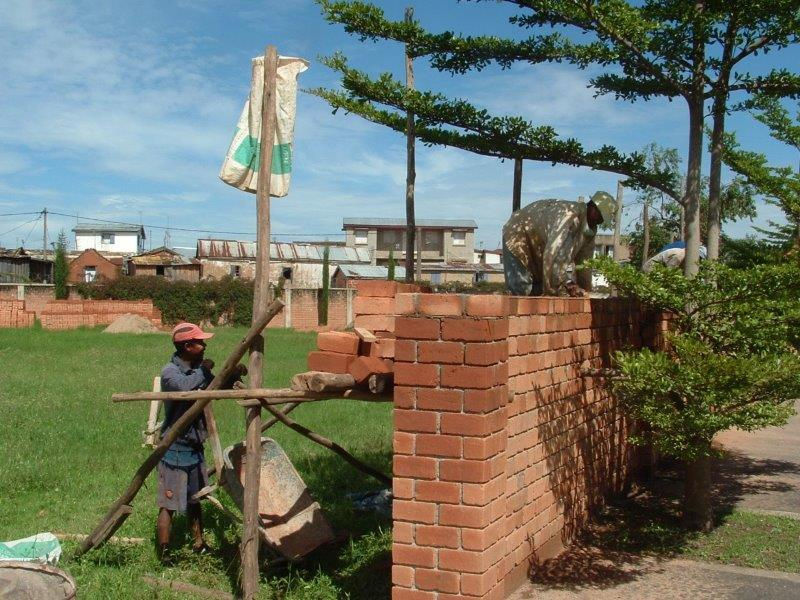Comparative analysis of the EU operations unit with other development organizations
- Christian Andrianasolo
- Jan 18, 2024
- 2 min read
N.B. Background: 1999-2000
EU OPERATING UNIT - CELLULE D'OPERATION DE L'UE
ACTIVITIES
Implement EDF Programmes. It therefore acts as an execting agency under the supervision of the EDF National Authorizing Officer and the Delegation of the European Commission.
FORCES
Very light structure, so minimal running costs.
Close-knit, motivated staff.
Over 96% success rate in the 1st experimental Micro-projects Programme (7 MAG 066).
Very strong involvement of beneficiaries in the projects.
We prefer to work in-house.
The beneficiary/Cellule relationship is favored (few intermediaries).
A strong image among beneficiaries.
Rapid release of project funding (Imprest accounts).
Activities strongly on the rise.
WEAKNESSES
A lot of time spent on travel, and expensive travel costs.
Slowness in implementing projects due to geographical remoteness.
Doesn't have many technical staff.
A certain slowness in terms of implementation, since it's done by the company itself.
In some cases, the quality of the finish is open to criticism, as the work is carried out by the beneficiaries themselves.
All actions are carried out from Antananarivo (no regional representation).
Too many activities concentrated in certain areas (the Centre and South).
Mandatory beneficiary contribution of at least 25% of total cost required.
FID (DEVELOPMENT INTERVENTION FUND -FONDS D'INTERVENTION POUR LE DEVELOPPEMENT)
ACTIVITIES
Financing micro-development projects in cooperation with the World Bank.
FORCES
Structure attached to the Administration. Direct implementation of the government Programme.
Requires a low beneficiary participation rate (5%).
Very decentralized structure, with many regional representatives.
WEAKNESSES
Low involvement of beneficiaries in project implementation.
Systematic in-company production of the works, hence the high cost.
The highly branched structure generates enormous structural costs.
PROJET MICROHYDRAULIQUE
ACTIVITIES
Support for small hydro-agricultural schemes.
FORCES
A certain reputation in the field of hydro-agricultural development;
Direct impact on village communities.
Highly decentralized structure. Long experience in the field;
High attendance rate.
WEAKNESSES
Concentration of actions on a certain part of the island, resulting in a limitation of costs and the number of projects: high structural costs, self-build construction method
AFVP (ASSOCIATION FRANCAISE DES VOLONTAIRES DU PROGRES)
ACTIVITIES
Small-scale development projects financed by the French Cooperation
FORCES
A high profile with financial backers and government bodies.
Long experience in Africa.
Represented on many development organizations.
Some decentralized branches.
WEAKNESSES
Young volunteers do not necessarily have the expertise and experience required for the projects to which they are assigned.
Average attendance rate.
MICRO-PROJECT OPERATION MANAGEMENT (DIRECTION DE L'OPERATION MICROREALISATION)
ACTIVITIES
Implementation of micro-development projects.
FORCES
Headed by a Presidential Advisor.
A certain reputation within the Administration.
Availability of technical staff within the structure.
WEAKNESSES
Experienced some issues in the implementation of certain donors' Programmes
N.B. Business was gradually picking up with the European Union.



Comments